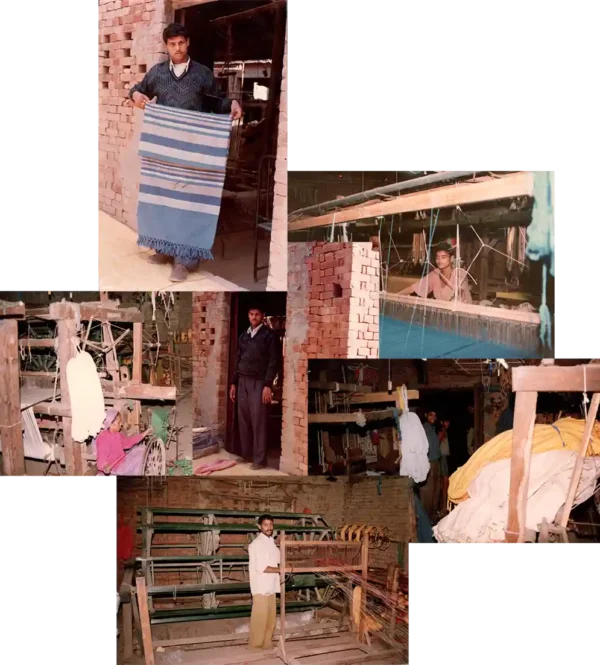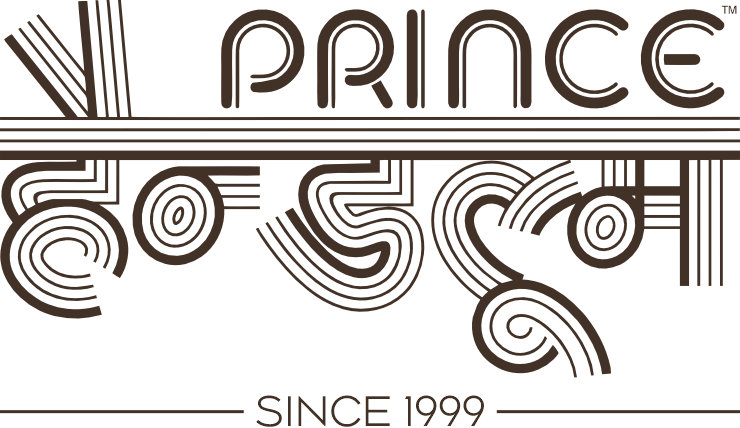History of Prince Handloom

Foundation and Early Observation
Soon after setting up, Prince Handloom received its first job work order for weaving jute and cotton durries. This milestone marked the beginning of the company’s journey in the handloom textile industry. The successful completion of the order built trust, and soon more vendors offered weaving assignments. Despite challenges like frequent rent hikes, which forced the unit to shift locations, the company continued to grow steadily.
By 1999, Prince Handloom was officially registered under Sales Tax and other taxation frameworks, strengthening its credibility. Around 2000, the company transitioned from only job work to creating its own range of handloom products, including bedsheets, cushion covers, curtains, diwan sets, table linen, rugs, and durries. By directly approaching vendors in Delhi and neighboring towns, Prince Handloom started building its brand identity. The early 2000s marked the beginning of interstate supplies, expanding the reach of authentic Made in India handloom products across multiple states.
To meet the increasing demand, Prince Handloom purchased its first factory in 2003 and another in 2004, significantly expanding its production capacity. More skilled artisans and weavers were hired, and operations became more structured. During this period, the company began participating in exhibitions, expos, and trade fairs across India, showcasing its diverse handloom range to a wider audience. This exposure brought larger orders and helped strengthen the company’s reputation as a trusted Indian handloom manufacturer.
With strong production capabilities, Prince Handloom expanded its supply chain across India. Its wide product portfolio—handloom bedsheets, cotton bedsheets, sofa covers, diwan sets, table mats & runners, rugs, doormats, yoga mats, tote bags, and eco-friendly home furnishing products—received appreciation for quality, durability, and design. Over time, Prince Handloom also stepped into the export market, supplying to international buyers who valued eco-friendly, handcrafted textiles made in India. This marked the brand’s entry into the global handloom industry, carrying forward the tradition of Indian weaving to overseas markets.
Prince Handloom has actively showcased at national/state platforms and received recognitions that align with your records:
• Sant Kabir State Handloom Award (2021–22)
• Vastrasiri – Special Handloom Expo (2021)
• State Handloom Expo (2022–23)
• Gandhi Shilp Bazar (2025)
• District Handloom Exhibition – Tana-Bana (2025)
These highlight consistent quality, artisan craftsmanship, and the company’s leadership in Indian handloom.
Over the 2000s–2010s, Prince Handloom completed key regulatory and trust-building steps:
• Udyam Registration (A Trusted Name in India’s MSME Sector)
• Handloom Card and Handicraft Card for weavers/artisans
• Handloom Mark registration (authentic handloom assurance)
• Goods and Services Tax registration
• Certified by the Directorate of Handloom & Textiles, Government of Uttar Pradesh
• IEC Certified (Authorized for Import and Export by DGFT, Government of India)
• Registered Textile Exporter with the Handloom Export Promotion Council (HEPC), Ministry of Textiles, Government of India
• Geographical Indication (GI) of Goods Registered – Intellectual Property India.
These steps reinforced the company’s commitment to authentic Indian handloom, compliance, and traceability.
Today, with over 30 years of weaving expertise, Prince Handloom has transformed from a small rented workspace into a reputed handloom manufacturer with multiple production units and nationwide presence. The company continues to focus on:
• Promoting eco-friendly and sustainable textiles
• Preserving India’s handloom tradition while adapting to modern lifestyles
• Delivering authentic Made in India handloom products at competitive prices
• Expanding its footprint in both domestic and international markets.
Prince Handloom remains committed to its mission: bringing authentic handloom artistry into homes worldwide, combining heritage with quality and innovation.
